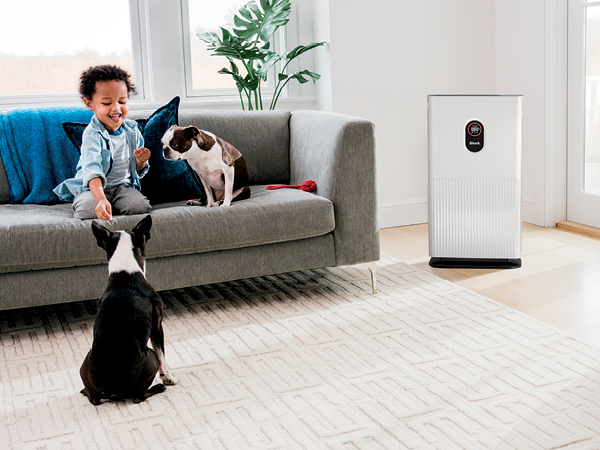
Table of Contents:
- The Basics of Air Filtration Systems
- Key Features of High-Efficiency Air Purifiers
- The Role of HEPA Filters in Air Quality Management
- Comparing Different Types of Air Filtration Technologies
- Installation and Maintenance Tips for Air Filtration Systems
- Future Trends in Air Filtration and Purification Technologies
Amidst increasing industrialization and pollution levels, the sanctity of indoor spaces has become more precious than ever before. While we often consider our homes and workplaces as safe havens from external pollutants, the reality is that the quality of the indoor air can sometimes be worse than the outdoor air. Enter air filtration systems, the silent guardians of our indoor atmospheres. When fitted with precise mechanisms like a parker hose & fitting inventory Charlotte NC, these systems play a pivotal role in removing particulate matter and ensuring clean, breathable air circulation.
The conversation about indoor air quality (IAQ) is familiar, yet the nuances of maintaining or improving it remain complex. With the variety of air filtration systems available today, understanding their function and capabilities is crucial. This topic deserves our full attention, not only for the comfort but also for the health benefits of breathing cleaner air.
The Basics of Air Filtration Systems
An air filtration system is designed to circulate air through filters, capturing pollutants and allergens such as pollen, mold spores, pet dander, and dust mites. These systems can range from small standalone units to large, whole-house systems integrated into HVAC units. They work on a fairly simple principle: air is pumped back into the room after passing through one or more filters that capture particles of different sizes.
Key Features of High-Efficiency Air Purifiers
To qualify as high-efficiency, an air purifier must have certain features that maximize its pollutant removal efficiency. These include using HEPA filters tested and certified to capture 99.97% of particulate matter of a specific size (usually 0.3 microns in diameter). Furthermore, a high is critical as it measures the volume of filtered air delivered by an air cleaner. The presence of intelligent sensors that monitor air quality in real-time allows such purifiers to adjust their filtration speed accordingly, thus ensuring optimal air quality at all times.
The Role of HEPA Filters in Air Quality Management
The industry standard for air filtration is a HEPA filter, which can remove the majority of airborne particles and is crucial in regulating indoor air quality. Their efficiency in trapping pollutants contributes to their widespread use in various settings, from healthcare facilities to homes looking to curtail potential allergy triggers. The design of HEPA filters involves a complex web of fibers that trap particles via three primary mechanisms: inertial impaction, interception, and diffusion.
Comparing Different Types of Air Filtration Technologies
Although HEPA filters are the best available, there are several options with varying capabilities in air filtration technology. For example, activated carbon filters are known for their ability to remove gases and odors through a process known as adsorption. UV germicidal irradiation uses ultraviolet light to inactivate airborne pathogens. Electrostatic precipitators and ionizers impart an electric charge to particles, causing them to settle out of the air or be captured on an oppositely charged collector plate.
Installation and Maintenance Tips for Air Filtration Systems
An air filtration system’s efficacy dramatically depends on its proper installation and maintenance. It is essential to consult with professionals to ensure the system is correctly sized and optimally placed within the space. Critical components, such as the parker hose & fitting inventory in Charlotte, NC, must be thoroughly checked during routine maintenance to avoid performance issues. Filters should be replaced according to the manufacturer’s recommendations—failing to do so could result in decreased air quality and increased energy consumption as the system works harder to pull air through clogged filters.
Future Trends in Air Filtration and Purification Technologies
As we venture into the future, air filtration systems are poised to advance in performance and integration with smart home technologies. Innovations are focused on enhancing filter efficiency, reducing system environmental impact, and incorporating advanced sensors and AI to proactively predict and respond to air quality issues.

